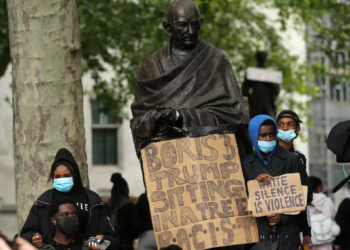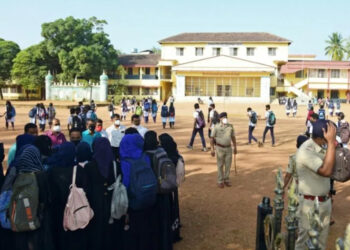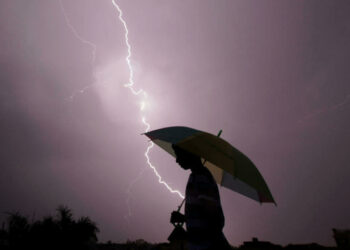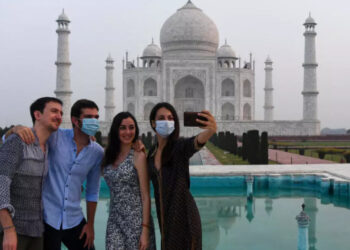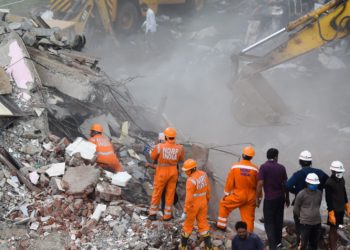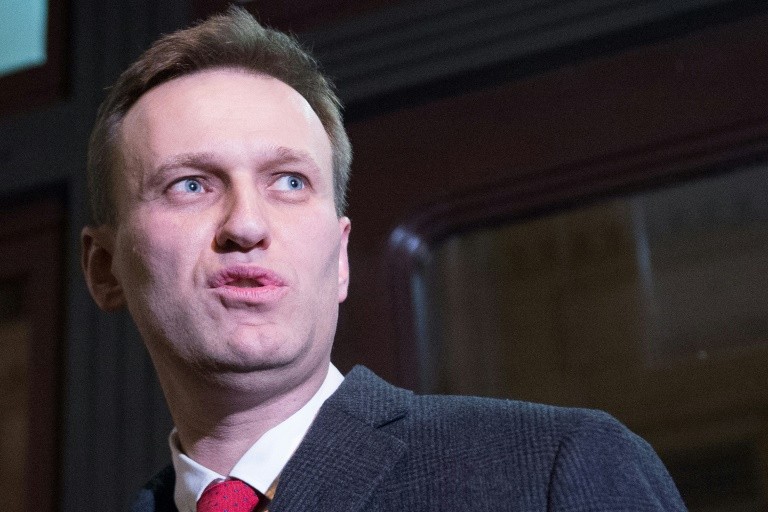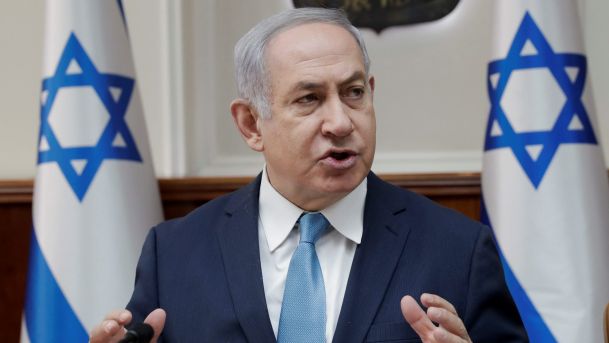More than half a century after untouchability was abolished in India in 1955, Dalits continue to be discriminated against in this South Asian country. Though the explosion of online media has ensured that crimes against Dalits are now more widely idingeported, they continue unabated. From being punished for sporting mustaches or riding horses — privileges considered exclusive of the upper castes — to being lynched on accusations of cow slaughter and burglary, it takes only an excuse to target a Dalit in India.
However, the resistance against caste-based oppression, too, is building up. It was the suicide of a Hyderabad University student, Rohith Vemula, which rekindled Dalit struggle. Vemula was a Ph.D. scholar in Hyderabad University under the scheduled castes quota. He was also the author of the book Caste is not a rumor and active member of the Ambedkar Students’ Association that presses for Dalit rights.
His activism landed him at loggerheads with the upper castes in the university, leading to the suspension of his university stipend of $380 per month. On January 17, 2016, he took his life, while describing his birth as a “fatal accident” in his suicide note. A look at recent cases of caste-based violence will reveal the enormity of India’s class chasm.
In Uttar Pradesh, an educationally backward state with 20.5 percent Dalit population, the first four months of 2018 have been littered with cases of attacks on Dalits. The “provocation” for the upper castes to kill a Dalit constituted something as paltry as stealing a watch.
On April 19, a 34-year-old Dalit man, who was suspected of stealing a gold chain, was abducted by his employer and then brutally killed in Fatehpur district. In March, a Dalit man was lynched at Sathi village of Banda district. He was accused of stealing a watch. Even last year, Dalit houses were burnt down by upper caste Thakur men in Saharanpur district of the state, following inter-caste clashes.
Dalits have been targetted for embracing customs that are considered the sole reserve of the “high-born.” In Gujarat, a 21-year-old Dalit, Pradip Rathod, was killed on March 30 allegedly by the members of the upper castes in Bhavnagar district. Rathod’s fault was that he had often been seen horse-riding. The upper castes, who consider horse riding a symbol of aristocracy, killed Rathod to set an example.
The incident was in quick succession to the February 15 suicide by Dalit activist Bhanubhai Vankar, a retired revenue officer, who immolated himself in the District Collectorate of Patan, protesting against the state government’s alleged resistance to regularise ownership of land tilled by a Dalit.
Last year, a Dalit bridegroom had suffered physical assault at the hands of upper caste Rajput men in Sanjarwas village in Haryana’s Charkhi Dadri district for horse-riding during his wedding.
Dalit activist Nathu Prasad, whose organization, Dalit Shoshan Mukti Manch, has been at the forefront of organizing protests against the killing of Dalits, told The Globe Post that it is common for the police to look the other way while Dalits are being targetted.
“The police has its own inborn biases. As a Dalit leader I can say with confidence a Dalit has to run from the pillar to post to lodge a FIR [First Information Report],” he said.
In the summer of 2016 in Rajkot district of Gujarat, members belonging to the Shiv Sena, a political ally of the Bharatiya Janata Party (BJP), stripped and paraded four Dalit men after tying them to an SUV.
In Naiamu village in Muzaffarnagar district of Uttar Pradesh, Dalits who converted to Buddhism en bloc in May, complained that the police had not entertained their complaints against upper caste Thakur men. Last year, Dalit houses in that village were burnt down, and statues of their saint Ravidas were razed allegedly by upper caste goons.
The Dalit resistance led to Bharat bandh (all India strike) in April. Police fire killed nine men on the spot. Seven of them were Dalits. The immediate trigger for the Bharat bandh was a Supreme Court judgement that is said to have diluted the Scheduled Castes and Scheduled Tribes (Prevention of Atrocities) Act of 1989.
The police are allegedly harassing Dalit activists who had organised the strike. “Instead of providing compensation to the victims, the police lodged cases against Dalit activists after the bandh. One of our activists in Madhya Pradesh state is currently under-ground fearing for his life. In Rajasthan state, too, our members were falsely implicated by the police,” Prasad alleged.
A Dalit Parliamentarian from the ruling Bharatiya Janata Party, Udit Raj, made similar accusations. “The point of worry is that after the agitation those who were part of the agitation are being targeted and false cases are being slapped on them and [they are] also being beaten,” Raj told media in April. He was seconded by three other BJP MPs—Yashwant Singh, Chhote Lal Kharwar, and Ashok Kumar Dohre.
Dalits consider the Prevention of Atrocities act a deterrent to upper caste fury. Their concerns are not unfounded. The conviction rate in caste-based cases stands at a dismal 26 percent, which is about half of India’s overall conviction rate.
On March 20, the apex court observed that the said Act of 1989 is being used to “blackmail” innocent citizens. The court had issued several relaxations to persons accused of committing crimes against Dalits.
But renowned human rights activist Bezwada Wilson told The Globe Post the SC judgement was “removed from ground realities.” “The jury’s argument that the Act can be used to frame upper caste people is unfounded. I was a member of the SC/ST Act review committee, and I know how difficult it is to frame somebody,” he said.
“The judgment was reflective of the prevailing manuvaad (Brahminical) mindset of the courts,” Prasad added.
Wilson said that the judgment would demoralize the marginalized community as conviction rate in cases of atrocities against Dalits is already very low.
According to the National Crime Records Bureau (NCRB) data, cognizable crimes against Dalits pending police investigation rose from 8,380 cases in 2006 to 16,654 cases in 2016, a jump of 99 percent. In Maharashtra state, where Dalits make up for 11.2 percent of the population, crimes against Dalits rose from 10.6 per 100,000 Dalits in 2006 to 13.2 in 2016.
The National Human Rights Commission’s 2010 report showed that every 18 minutes there is a crime committed against a Dalit. On an average basis, three Dalit women are raped, and two Dalits are murdered every day. An assessment of the NHRC statistics done by retired bureaucrat K.B. Saxena revealed that 37 percent of Dalits live below the poverty line.
Several studies have found that people are open about their biases against Dalits and some strongly advocate legislation to prevent Dalits from marrying a member of the upper caste.
The January 2018 issue of Economic and Political Weekly published a survey on social attitudes conducted by Social Attitude Research, India (SARI). It was based on the feedback collected from 8,065 respondents from Delhi, Mumbai, Rajasthan and Uttar Pradesh. The findings were disturbing. Almost two-thirds of the respondents from rural Rajasthan and rural Uttar Pradesh said untouchability was still being practised.
There is a growing perception that attacks on Dalits increased after the BJP came to power in May 2014. It took Prime Minister Narendra Modi two years to react to Dalit killings. “If you want to attack, attack me, not Dalits. If you want to shoot, shoot me,” Modi said on August 7, 2016.
But Wilson pointed out that Modi failed to condemn the Hindu right-wing forces — a support base of his party BJP — in strong terms. “One has to understand his statement in a grammatical way. He did not say that there is no scope for violence in a democracy. He did not say that the perpetrators will be dealt with tooth and nail,” Wilson said.
K.B. Saxena’s findings revealed that in 28 percent of Dalits from Indian villages do not have access to police stations. At the same time, in 39 percent of government schools, Dalit children are not allowed to sit along with upper caste children. Moreover, in 48 percent of Indian villages, they are denied access to water.
In Channur village in north Karnataka’s Jewargi taluk in September 2017, unknown men poured endosulfan into a well that was the only source of drinking water for Dalit families in that hamlet.
Dalit students routinely face harassment at colleges and universities, in particular, residential campuses. Vemula’s suicide, unfortunately, was not the lone one. Since 2007, there have been 25 reported cases of student suicides in universities in North India and Hyderabad city itself. Twenty-three of the 25 dead were Dalit students.
Atrocities against Dalit students have led to a spurt in Dalit activism. Young Dalit icons like Jignesh Mevani and Chandrashekhar Azad have taken center stage of Dalit protests. Their campaign has dominated the Internet and has provided national momentum for the Dalit struggle.
But Wilson said the state is crushing their movement high-handedly. “They have put Chandrashekhar in jail for sedition. This was done to send out a message that Dalits better not protest,” he said.
“But fighting injustice is in one’s instincts. ‘The young Turks’ are not going to be cowed down,” he added.



